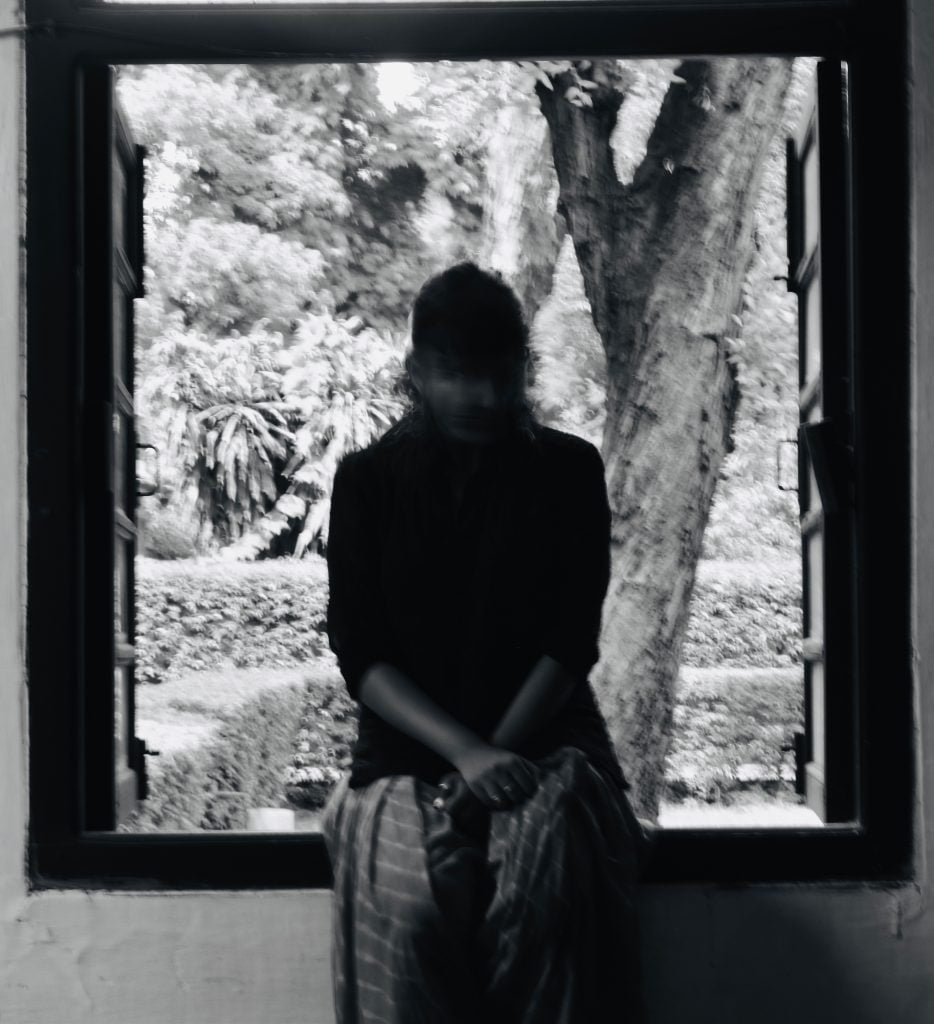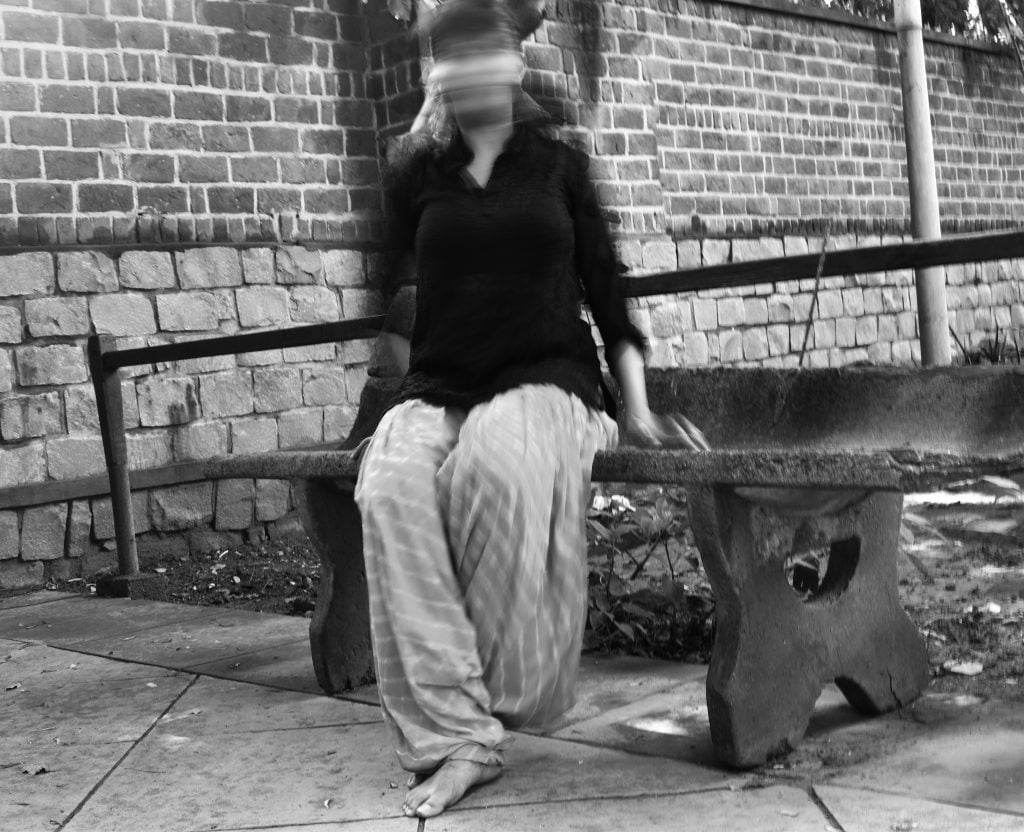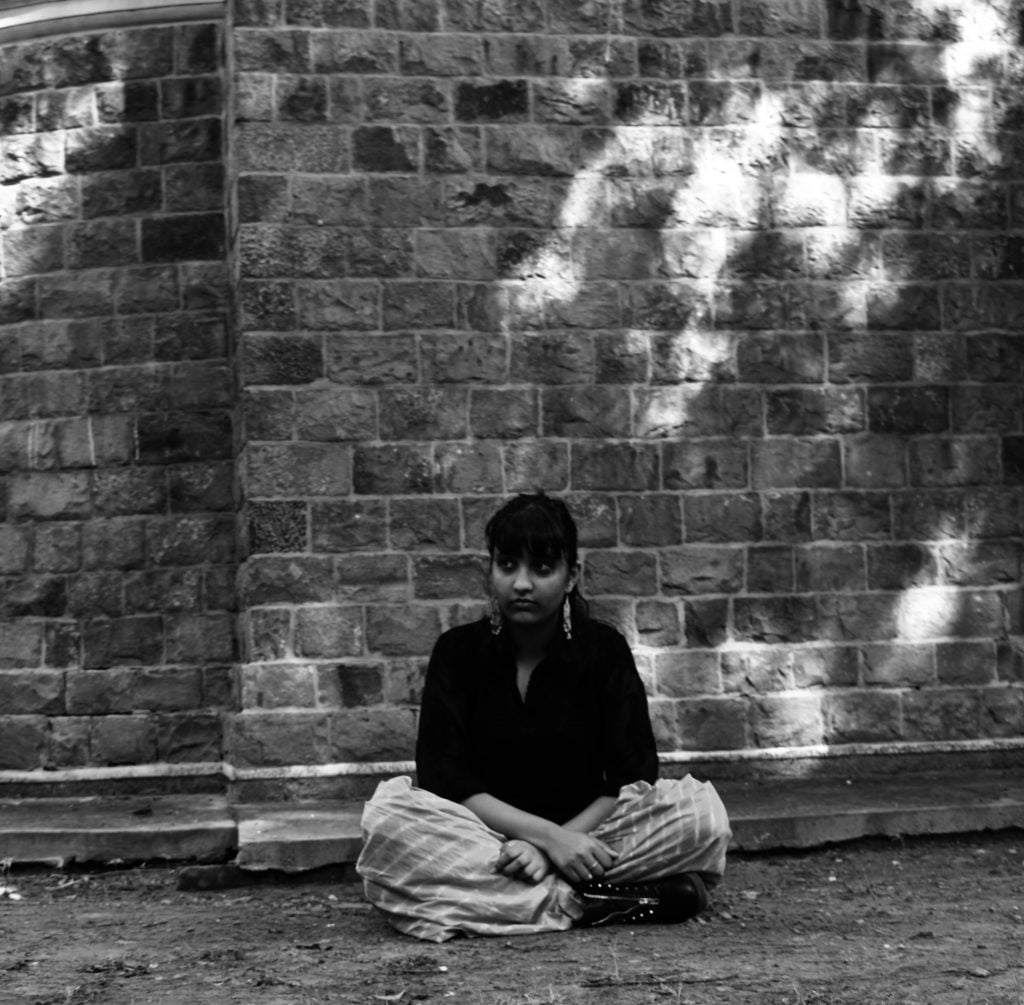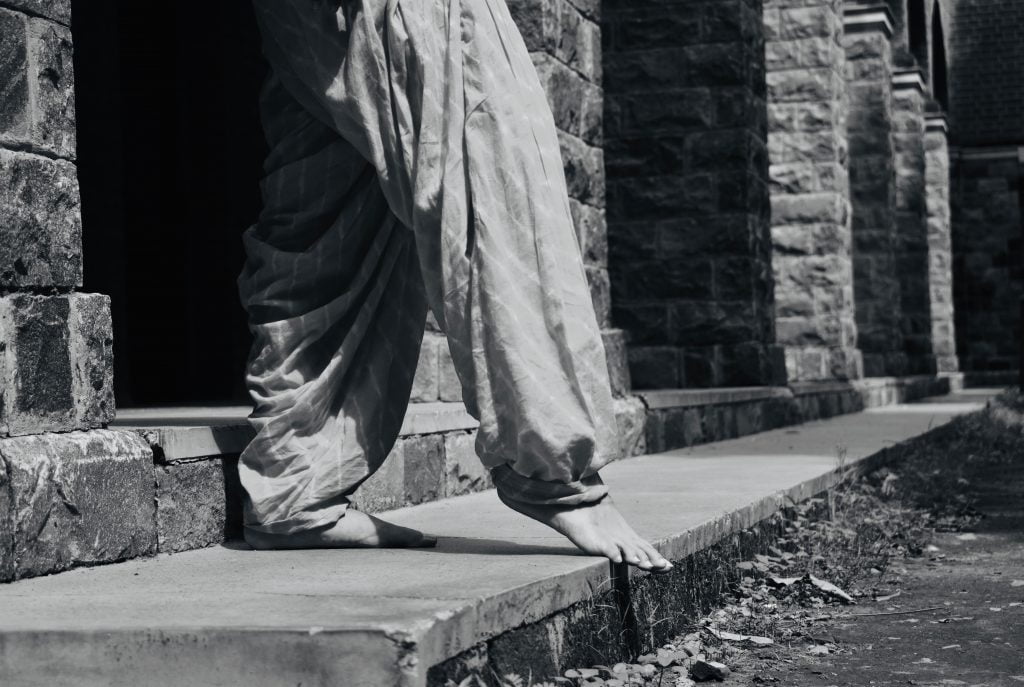There is an intimate relation between how spaces are formed, how gender is formed within it and how gender guides formation of the space. There is a consistent interaction between one’s gender identity and the surrounding geography. All of history is a testament to the manipulation of land boundaries and landscape as a method for fabricating the notion/s of a what/who is a woman.





The demarcation of spaces as masculine and feminine is a trope used for perpetuating unequal access of women to land, and vendor it as a natural organisation. In the rigid separation of topography, women are coerced into accepting and forming a private relation between themselves and the surroundings. One can see this functioning in how women are constricted to kitchens and largely, a domestic sphere. Their amputation from other terrains is a historically unjust devise used by men for assuming superiority and power.


Many women in history have triumphed in blurring the markers of geographical division and making them absurd through the their presence and assertion. They have been able to queer these spaces and become an active subject in those sceneries as opposed to a passive object.

Also read: My Reflections On The Freedom To Travel As A Queer Couple
Virginia Woolf, in The Room of One’s Own engages in a similar activity when she enters an educational panorama (Oxbridge) and wholly transforms an area which earlier reeked of masculinity. In Intimate Things In Place, Toni Morrison explains the significance of places in her novels. She talks about how women hold different relations to places and things in a house, in various corners of it, and while she was growing up, how her community and neighbourhood she participated in marked her interactions and identity creation.

In the story below, I have worked on the initiation of a woman in an unfamiliar and estranged ground. In the beginning, there is a constant reiteration of restriction on thought and body, there is a limited space available to her. There is a point where she is formed by the people around her, who reinforce the land norms she is to adhere to. Later, there is a change from her being formed to her forming the surroundings and gradually decimating the ‘given nature.’

All the pictures are in motion in the beginning to portray the unassertive and uncertain identity of the woman, where there is less of her and more of the spaces around her. It is only later where she forms and finds a face amidst the imposed formation process of ‘I’, ‘she’, and ‘her’. The use of monotones is to emphasise solely on the subject, object and background distinction; instead of drawing attention to colours or other aspects of an image. The series is a capsulation of the histories of women who have unsettled the oppressive structures to establish new ones and laid down a geography and architecture that is feminist and inclusive.
Also read: Navigating Through Masculine Spaces: Women In The Gym
All photos have been provided by the author.
In Pictures: Swadha Singh
Pictures by Vipin Sabu
About the author(s)
Swarna is a philosophy student with relatives who think she is pursing physiotherapy. Her music choice ranges from Annette Hanshaw to Justin Beiber(it’s a highly competitive playlist). Apart from that, she is mostly found rewatching In the Mood for Love , ordering stationary on Amazon and just scrolling through Swiggy. She is a sucker for masala chai, typewriters and anything written by Ismat Chughtai and Alan Ginsberg.




